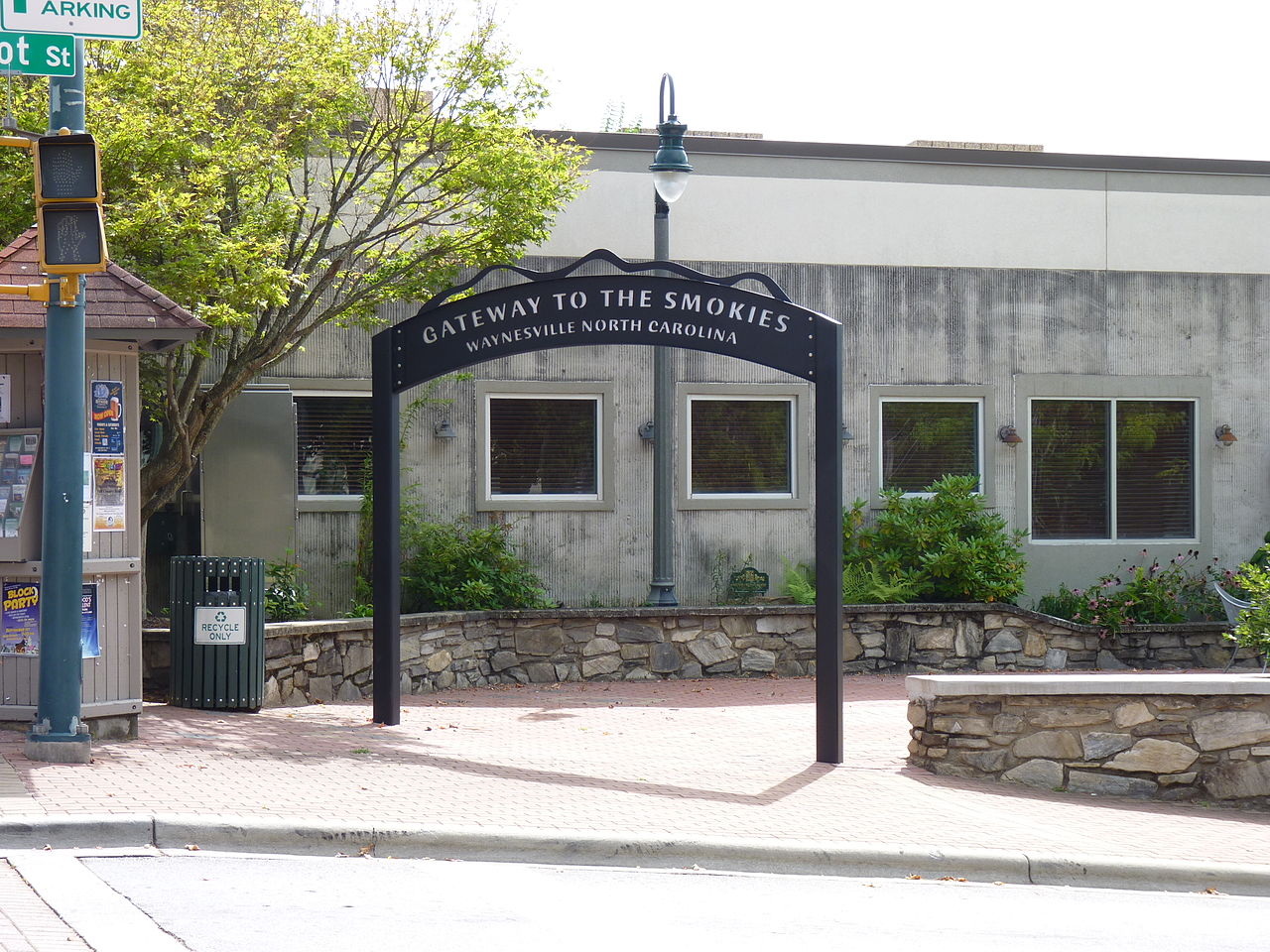
It often seems that every community within 100 miles of Great Smoky Mountains National Park wants to be known as the “Gateway to the Smokies.”
This is not surprising. Claiming an attachment to the country’s most-visited national park has obvious positives.
Make a ring around the park boundary, and the map presents Maggie Valley, Waynesville, Asheville, Bryson City, Townsend, Wears Valley, Pittman Center, Newport, and Sevierville, all with legitimate claims to be “park towns.” And this is without mentioning the park’s most famous gateways—Cherokee to the south and Gatlinburg and Pigeon Forge to the north, each tourist meccas that hug the park’s greenery and offer park visitors decidedly different attractions from the natural wonders of Cades Cove, Tremont, Cataloochee, and Greenbrier.

The town of Waynesville re-emphasized its attachment to the Smokies a decade ago by erecting a “Gateway to the Smokies” arch to replace the original “gateway” arch that stood in town from the late 1930s to the 1970s. The new piece is considered more of an art piece than a street sign or community boast, but the impact nevertheless underlines the idea that towns near the Smokies appreciate their proximity.
“The beauty of the park embraces our communities for locals and visitors alike,” said CeCe Hipps, president of the Haywood County Chamber of Commerce, based in Waynesville, North Carolina. “Haywood County respects and cherishes the natural beauty surrounding us and strives to protect our valued land and resources.”
Similarly, the park strives to promote and enhance connections with its neighbors.
“Great Smoky Mountains National Park and its gateway communities have deeply interwoven relationships that date back to the park’s creation,” said Smokies management assistant Dana Soehn. “The grassroots, community-led effort to create the park has resulted in a sense of shared ownership that is exhibited today through robust volunteer, philanthropic, and partner support.”
The symbiosis of parks and nearby towns is a dynamic that can be seen across much of the national park system. Near Grand Canyon National Park, there is an IMAX theater that features a film about—yes—the Grand Canyon. Groveland, California, a Yosemite National Park gateway, offers the Iron Door Saloon, advertised as the oldest in California.
At more than a few park locations, you don’t need a big entrance sign or any other indicator to identify the line that separates the park from its neighbors. Green forests suddenly give way to neon signs. All-you-can-eat restaurants replace small park eateries. Gateway towns can include “goofy golf,” “museums” featuring two-headed calves, and T-shirt shops offering spray-painted designs celebrating your honeymoon trip.

Many park visitors are repelled by the commercial overdose they sometimes experience just outside park boundaries, and this point of view can certainly be understood. But it’s worth remembering that the communities surrounding parks offer services often unavailable inside the parks, which makes access to the wonders of parks much easier—particularly in those like the Smokies, which attract millions of visitors. And the benefits are mutual.
“Local businesses depend on the park to act as an anchor for tourism,” Soehn said. “For every one dollar of federal funds appropriated for the Smokies, more than fifty are returned to gateway communities through visitor spending and creation of tourism-based jobs. We work closely with community leaders to promote stewardship practices that protect our shared resources and improve overall visitor experiences across boundaries.”
Unfortunately, many visitors to the foothills of the Smokies never cross the line into the park itself. Their interests are more attuned to go-cart rides, shopping, buffets, and musical entertainment offered nearby.
On the other hand, some of these folks, perhaps tired of the hustle and bustle of the tourist towns, wander into the park for a bit of peace and quiet. Finding its magic, the next time they drive to “the mountains,” the great Smokies will claim as much of their time as the pancake houses and candy stores.
In this sense, the gateways are just that—doors opening to wonder and magic.
Subscribe to get the latest posts sent to your email.
The Great Smokies Welcome Center is located on U.S. 321 in Townsend, TN, 2 miles from the west entrance to Great Smoky Mountains National Park. Visitors can get information about things to see and do in and around the national park and shop from a wide selection of books, gifts, and other Smokies merchandise. Daily, weekly, and annual parking tags for the national park are also available.